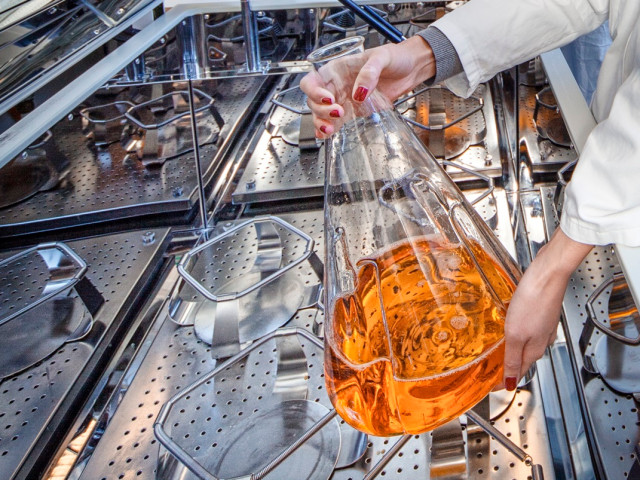Principles of Surface and Colloid Science
Thermodynamics of surface tension, adsorption and interacting surfaces, as well as the relevant experimental approaches.
Capillarity
Electrostatics of interfaces and titration of surface charge
Electrokinetic phenomena
Surface forces: double layer forces, van der Waals forces, steric forces, hydration forces and colloidal stability
Stablising dispersions
Adhesion
Wetting, including superhydrophobicity.
Applications of surface chemistry, with focus on paper industry, flotation and cleaning
Adsorption: From gases and liquids, including polymers, polyelectrolytes and the formation of polyelectrolyte complexes. Solution behaviour of polyectrolytes.
Surface modification
Surfcatant properties and association to micelles, vesicles, liquid crystals and biomembranes.
Emulsions, microemulsions and foams.
Gels
